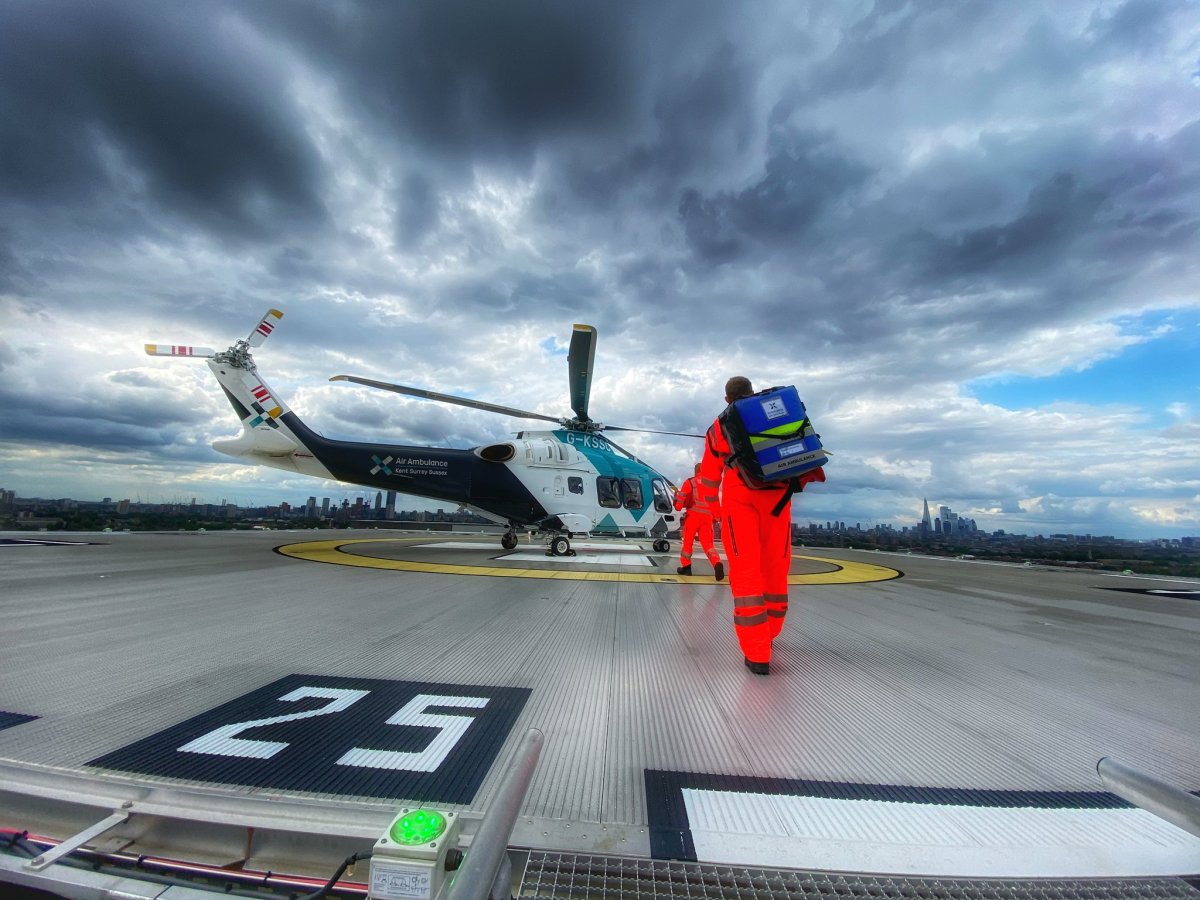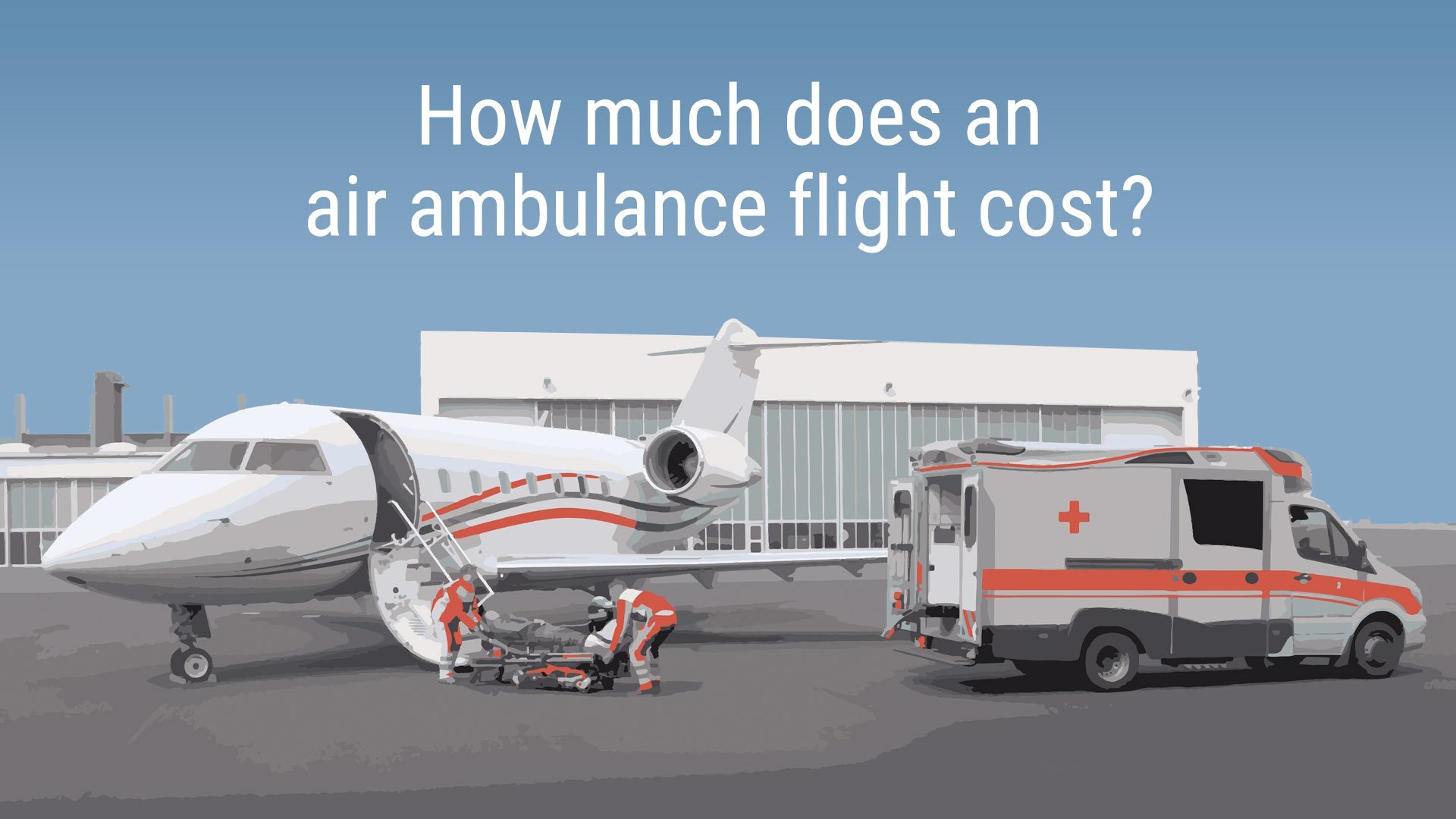So, here’s the deal: air ambulance costs can be ridiculously high. Like, insanely high. And let’s face it, no one really wants to have to deal with the stress of saving their own life only to get slapped with a hefty bill afterwards. That’s where legal and legislative efforts come into play. These are the super important rules and regulations that are being put in place to try and address the problem of skyrocketing air ambulance costs. We’re talking about things like price transparency, insurance coverage, and even potential legislation to limit how much these services can charge. It’s all about making sure that people can access life-saving care without being financially devastated in the process. Sounds pretty crucial, right? Well, let’s dive in and explore these efforts a little further.
1. Understanding the Air Ambulance Industry
Air ambulances play a crucial role in providing emergency medical transportation for patients who require immediate attention and cannot be adequately served by ground ambulances. These specialized aircraft are equipped with advanced medical equipment and staffed by highly trained medical professionals. Air ambulances are often utilized in situations such as critical injuries, medical emergencies in remote areas, or when time is of the essence in transporting patients to specialized medical facilities.
2. Overview of Air Ambulance Costs
While air ambulances are undeniably vital in saving lives, the cost of these services can be exorbitant. The high costs associated with air ambulance transportation can be attributed to several factors. First, operating an air ambulance service requires significant investment in aircraft, medical equipment, and highly skilled medical staff, which contributes to the overall expenses. Additionally, the need for quick response times means that air ambulances must remain on standby, ready to deploy at a moment’s notice, further driving up costs.

3. Challenges Faced by Patients and Insurers
The steep costs of air ambulance services often pose challenges for both patients and insurers. For patients, the financial burden can be overwhelming, especially in cases where insurance coverage is limited or nonexistent. Many insurance plans only provide partial coverage for air ambulance services, leaving patients with substantial out-of-pocket expenses. This can lead to financial distress and potential barriers to accessing this vital mode of transportation.
Insurers, too, face challenges when it comes to air ambulance costs. Insurance companies often negotiate reimbursement rates with healthcare providers and hospitals to ensure the affordability and sustainability of medical services. However, due to the high costs associated with air ambulance transportation, reaching a mutually beneficial agreement can be difficult, resulting in disputes over reimbursement rates.
4. The Role of Federal Regulation
To address the issues surrounding air ambulance costs and ensure fair and reasonable pricing, federal regulations have been enacted to provide oversight and guidance for the industry. Several key pieces of legislation have shaped the landscape of air ambulance services in the United States.
4.1 The Airline Deregulation Act of 1978
The Airline Deregulation Act of 1978 had far-reaching implications for the air ambulance industry. This act eliminated government regulation of airline fares and routes, allowing for greater competition among air carriers. While this led to increased efficiency and lower costs in the commercial airline industry, it also resulted in less regulation and oversight for air ambulance services. The absence of price controls and regulation contributed to the rising costs of air ambulance transportation.
4.2 The Airline Passenger Bill of Rights
The Airline Passenger Bill of Rights, enacted in 2009, aimed to safeguard the rights and well-being of airline passengers. While primarily focused on commercial aviation, this legislation had implications for air ambulance services as well. The bill emphasized the importance of transparency in pricing and required airlines to disclose additional fees to passengers. This push for price transparency served as a stepping stone towards addressing the lack of clarity surrounding air ambulance costs.
4.3 The Affordable Care Act
The Affordable Care Act, commonly known as Obamacare, also impacted the air ambulance industry. This comprehensive healthcare reform legislation sought to provide affordable and accessible healthcare for all Americans. While the primary focus was on expanding insurance coverage and improving healthcare services, the Affordable Care Act also addressed the issue of surprise medical billing, including the challenges associated with air ambulance costs. The act aimed to protect consumers from excessive out-of-network charges, offering some relief for patients facing financial strain due to air ambulance expenses.

5. State Legislation on Air Ambulance Costs
Recognizing the need to take action at a state level, several states have implemented legislation to tackle air ambulance costs and protect patients from excessive billing practices. These measures aim to provide better oversight and establish fair reimbursement rates for air ambulance services.
5.1 Balance Billing Laws
Balance billing occurs when a patient receives a bill for the difference between the amount charged by an out-of-network air ambulance provider and the amount covered by their insurance. To address this issue, many states have implemented balance billing laws. These laws protect patients from being financially responsible for the balance between the provider’s charges and the insurance reimbursement for emergency air ambulance services, ensuring that patients are not subjected to unreasonable and unexpected costs.
5.2 Medicaid Reimbursement Rates
Medicaid, a joint federal and state program that provides healthcare coverage for low-income individuals, plays a significant role in the air ambulance industry. However, Medicaid reimbursement rates for air ambulance services are often inadequate, leaving providers with a shortfall that needs to be made up elsewhere. Some states have taken steps to increase Medicaid reimbursement rates for air ambulance services, ensuring that providers are adequately compensated and can continue to offer their life-saving services.
5.3 Emergency Medical Services and Transportation Acts
In an effort to address the challenges faced by patients and insurers, several states have enacted Emergency Medical Services and Transportation Acts. These acts aim to regulate air ambulance services, establish necessary standards and protocols, and protect patients from excessive costs. By implementing regulations and oversight, states are working towards creating a more transparent and affordable air ambulance industry.
6. Efforts by Insurance Companies
Insurance companies also play a vital role in addressing air ambulance costs. Recognizing the financial burden that air ambulance transportation can impose on patients, insurance companies have been actively working towards negotiating fair reimbursement rates with air ambulance providers. By engaging in open dialogue and collaboration, insurance companies are striving to find a balance between affordability and sustainable reimbursement rates for air ambulance services.
7. Proposals for Price Transparency
To combat the lack of transparency surrounding air ambulance costs, proposals for price transparency have been put forward. These initiatives aim to increase public awareness of the costs associated with air ambulance transportation, allowing patients and insurers to make more informed decisions. By requiring air ambulance providers to disclose pricing information upfront, patients can better understand and navigate the financial aspects of utilizing these services.
8. Advocacy Groups and Consumer Rights
Advocacy groups have played a pivotal role in advocating for the rights of patients and pushing for fair air ambulance pricing. These groups work to raise awareness, promote legislation, and offer support to individuals who have been impacted by exorbitant air ambulance costs. By amplifying the voices of those affected and highlighting the need for change, advocacy groups are instrumental in driving legal and legislative efforts to address air ambulance costs.
9. Impact of Legal and Legislative Efforts
The legal and legislative efforts undertaken to address air ambulance costs have had a significant impact on the industry. From federal regulations to state legislation and advocacy group initiatives, steps have been taken to bring about change and protect patients from excessive financial burdens. While progress has been made, there is still work to be done to ensure that air ambulance transportation remains accessible and affordable for those in need.
10. Future Outlook and Potential Solutions
Looking ahead, the future of the air ambulance industry holds potential for further improvements and solutions to the cost challenges faced by patients and insurers. Continued collaboration between insurance companies, air ambulance providers, and legislative bodies is essential for finding sustainable reimbursement models that prioritize affordability without compromising the quality of care. Additionally, technological advancements and innovation within the industry may also contribute to cost reductions and increased efficiency.
In conclusion, the air ambulance industry plays a critical role in providing emergency medical transportation. However, the high costs associated with air ambulance services pose challenges for patients and insurers alike. Through federal regulations, state legislation, and the efforts of insurance companies and advocacy groups, strides have been made to address these challenges. The future outlook for the industry appears promising, with the potential for increased price transparency and innovative solutions to mitigate air ambulance costs. By working together, we can strive to ensure that life-saving air ambulance services are accessible to all who need them.



